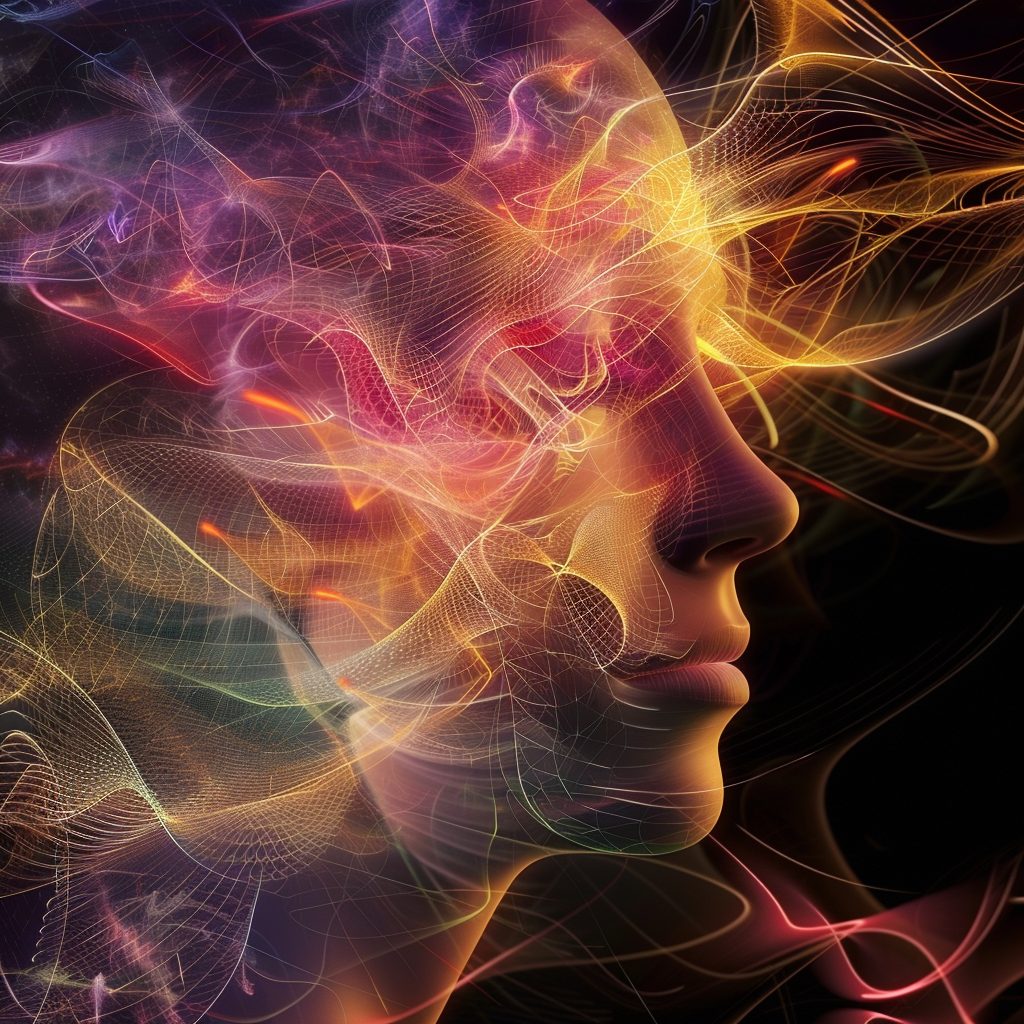Color therapy serves as a captivating avenue for mental illness recovery, offering a holistic approach that engages both the mind and the senses. With its roots deeply embedded in the understanding that colors possess profound effects on our emotions and mental states, color therapy provides a dynamic toolset for individuals navigating the complexities of mental health challenges. By harnessing the therapeutic potential of various hues, color therapy facilitates emotional regulation, stress reduction, and mood enhancement, paving the way for a transformative journey towards healing and wellbeing. Now, let’s delve into the “Hues of Healing: 8 Ways Color Therapy Contributes To Mental Illness Recovery,” uncovering the diverse ways in which colors can play a pivotal role in fostering resilience, restoring balance, and igniting hope on the path to mental wellness.
Here are the eight ways color therapy contributes to mental illness recovery, along with explanations of how each way works:
1. Emotional Regulation: Color therapy can help regulate emotions by influencing neurotransmitters and hormonal balance in the brain. Different colors have been shown to evoke specific emotional responses, such as calmness, joy, or tranquility. By incorporating specific colors into one’s environment or daily routine, individuals can promote emotional balance and stability, which is crucial for managing symptoms of mental illness such as mood swings or emotional dysregulation.
2. Stress Reduction: Certain colors have calming and soothing effects that can help reduce stress and anxiety levels. Soft and cool colors like blue and green have been found to lower heart rate and blood pressure, promoting relaxation and a sense of calmness. By surrounding oneself with these calming colors or engaging in activities that incorporate them, individuals can alleviate stress and tension, leading to improved mental wellbeing.
3. Mood Enhancement: Color therapy can uplift mood and improve overall emotional wellbeing by stimulating the production of neurotransmitters associated with happiness and pleasure. Bright and vibrant colors like yellow and orange can evoke feelings of joy and optimism, helping individuals to maintain a positive outlook even during difficult times. By incorporating these mood-enhancing colors into their environment or daily activities, individuals can boost their mood and enhance their resilience against negative emotions.
4. Cognitive Stimulation: Certain colors can stimulate cognitive function and enhance mental clarity, which is beneficial for individuals experiencing cognitive deficits or difficulties in concentration. Bright and stimulating colors like red and purple can increase alertness and focus, helping individuals to stay engaged and attentive. By incorporating these energizing colors into their surroundings or using them as visual cues during tasks, individuals can improve cognitive performance and enhance their ability to think clearly and critically.
5. Sleep Improvement: Color therapy can promote better sleep quality by creating a conducive environment for relaxation and rest. Soft and calming colors like lavender and blue have been shown to promote relaxation and induce feelings of sleepiness. By incorporating these soothing colors into one’s bedroom decor or bedtime routine, individuals can create a peaceful atmosphere that promotes restful sleep, which is essential for mental illness recovery.
6. Self-Expression and Creativity: Color therapy can provide a creative outlet for self-expression and emotional release, which is beneficial for individuals struggling with mental illness. Engaging in artistic activities that involve color, such as painting or coloring, allows individuals to express their thoughts and emotions in a non-verbal way. By exploring different colors and experimenting with various artistic techniques, individuals can tap into their creativity and gain a sense of empowerment and self-discovery.
7. Energy Balancing: Color therapy aims to balance the body’s energy centers, or chakras, by harmonizing the flow of energy throughout the body. Each color corresponds to a specific chakra and has unique vibrational frequencies that can influence the body’s energy levels. By incorporating colors associated with specific chakras into one’s environment or daily practices, individuals can promote energy balance and alignment, leading to improved overall wellbeing.
8. Empowerment and Self-Reflection: Color therapy encourages self-reflection and personal growth by allowing individuals to explore their inner thoughts and emotions through the use of color. Engaging in color-based meditation or visualization exercises can help individuals gain insight into their feelings and beliefs, leading to greater self-awareness and empowerment. By connecting with the symbolic meanings of different colors and exploring their personal associations, individuals can embark on a journey of self-discovery and transformation.


